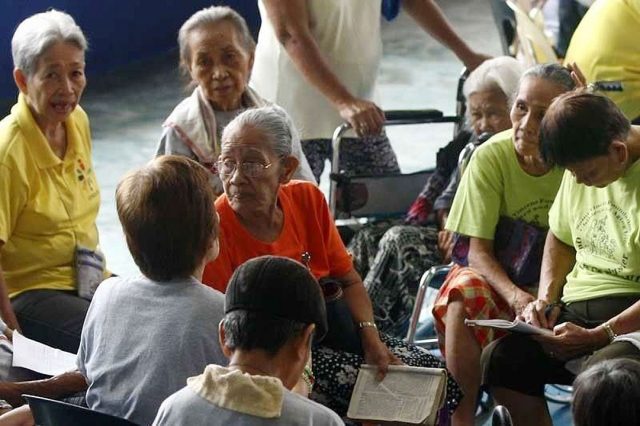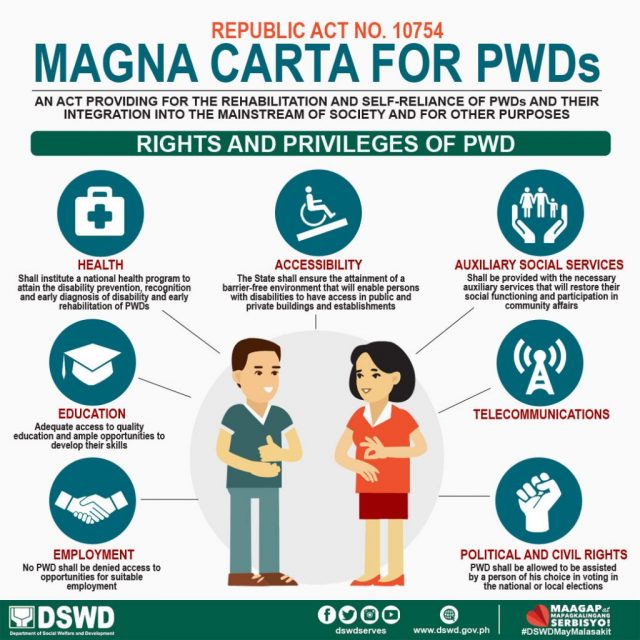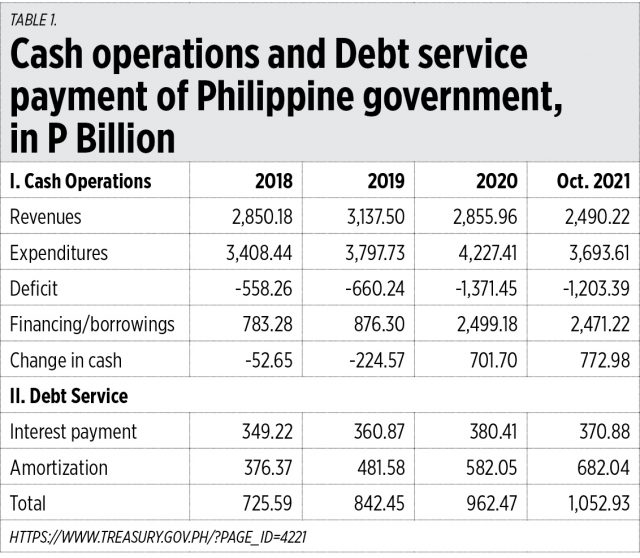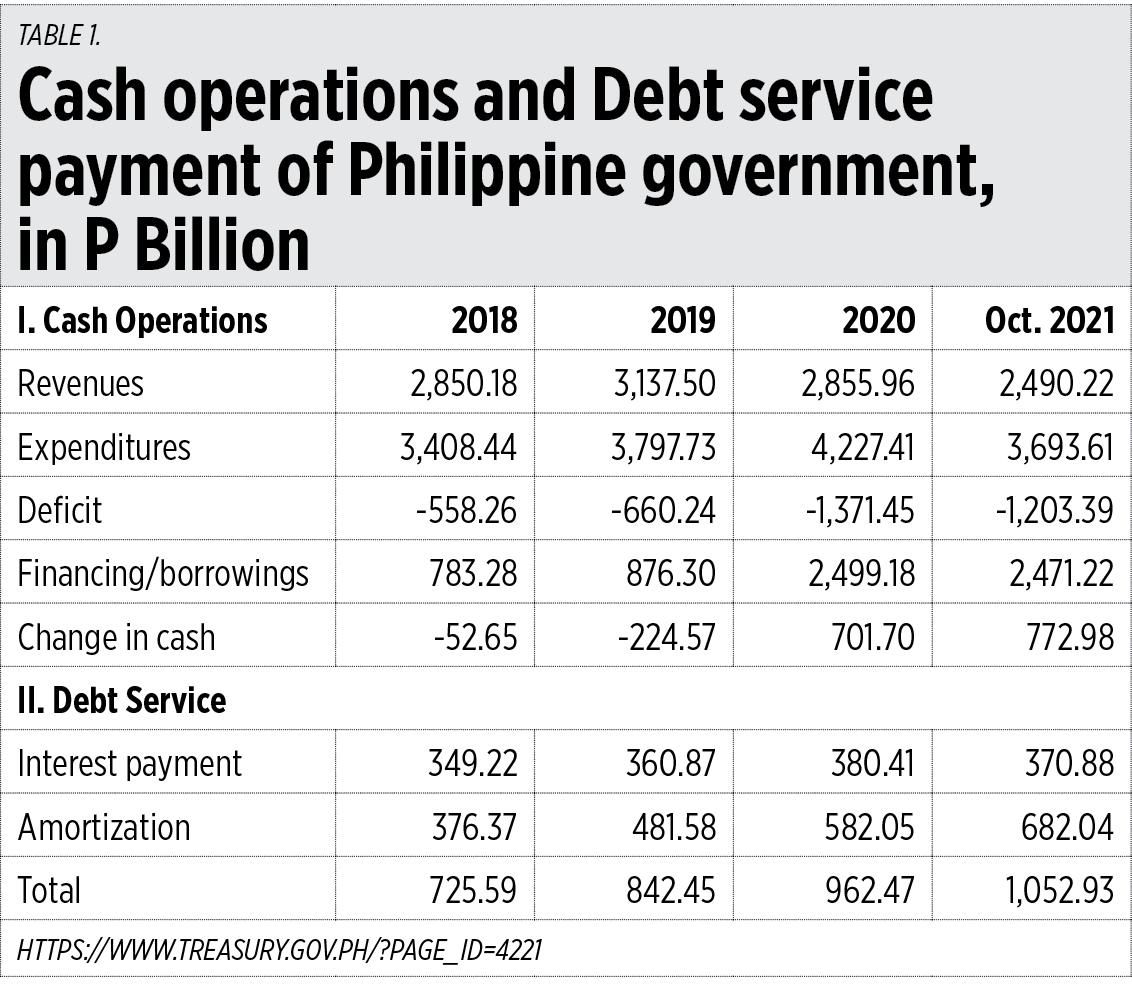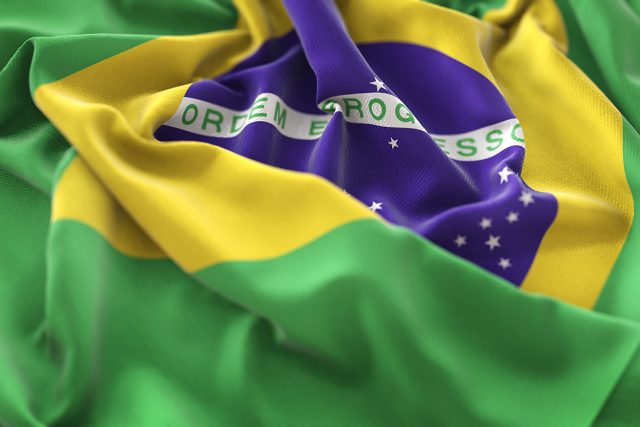This is an unpublished (I think) article by our great-uncle Benigno Del Rio, who was a novelist, poet and frequent contributor to the Spanish-language press in Manila in the 1930s to the 1950s. He was a winner of the Premio Zóbel (the Spanish language literary award) in 1936.
Manila in those last prewar days was a hub of rumors, and a Japanese spy story is in nearly all memoirs of those days. This was written exactly 80 years ago today, the week before the war began.The original Spanish version is available on request. — Aitor Luis Alegria
Suspicious Nipponese
NOV. 30, 1941 — It has been several days since America handed Japan a very strong diplomatic note. The situation is becoming strained. It is rumored that Japanese submarines have been taking positions in Philippine waters, anticipating the outbreak of war. It is also said that Japanese planes are overflying our territory by night. A few days ago, Juan E. Canobas, of Danlig, Palawan, was in Manila, and he told me that on several occasions, after dusk, he heard the murmur of aircraft engines passing over his home, at no great height.
“And why do you suspect they were Japanese, if you couldn’t see them?,” I asked the old Valencian, who every day spoke worse Spanish, in his Valencian accent.
“Because it has a different sound and it flies very low. American planes always fly higher and make their own sort of noise.”
This made me consider. Why would Japanese aircraft overfly Philippine territory? That story about the Japanese submarines struck me as a lie, but now that Mr. Canobas confirmed the Nipponese flights, I could no longer doubt that the subjects of Hirohito planned something big for the Philippines.
The war? Who knows! I was not convinced it had to come, because the Americans had taken all precautions possible, and the Japanese were not going to challenge the Americans. All the rest, maybe. Against the Netherlands Indies say, since Holland was occupied by the Germans and their control was precarious in their Asiatic colonies. And we have seen how they inserted themselves into Indochina, taking advantage of a momentary German victory in the European war, and who had wretched France in their grasp.
Against Britain? I don’t see that as likely either, as the base in Singapore is one of the most powerful on Earth and is formidably armed. But… who knows what the Nipponese military is capable, what they have in their armories in Japan, what they will do!
Today Papa and I have gone to the North Harbor.
It’s been many years since the Pasig River has proven too small to accommodate expanding Philippine trade. For that reason, President Quezon began the construction of the North Harbor.
We go after nine. The day is cloudy on account of the weather to the north. Last night it was cool, and it rained a little in the morning.
We arrived at the Matadero on Azcarraga and we drove up a half-built street. The area recovered from the sea is quite large, and the dredges continue to pump, day and night, the muddy water of the bay. We arrived at Pier 2 and there we left the auto to continue our “inspection” on foot, because further on there were no streets passable by car. The Americans are hastily building warehouses along the pier.
Walking on, we passed Piers 4, 6, and 8. At this last we halted, surprised, to find our old friend Antonio Ferrer y Gutierrez, fishing.
“Is the fishing good, Tono?” asked my father.
“Not bad. So far, I’ve caught a half-dozen small lapu-lapus.”
“Wow! I didn’t know you were devoted to the fishing-rod.”
“It’s been a few years now that I’ve taken up this sport, Benigno, and almost every Sunday I come to these piers to fish.”
“Well, well. And who are these characters hanging about in front of us, on the breakwater? They look Japanese.”
“You’re not mistaken Benigno. They are Japanese!”
”How suspicious!”
“And so. They don’t miss a single Sunday. And more, I’ve noticed, they can’t manage to catch a single bolinao or dilis!”
“Eh, Tono?”
“You heard.”
“So then…”
“It seems to me they are spies, sounding out the piers and the channel before the breakwater. Yes, because they are always changing position, and, I repeat, they never catch anything!”
“Good God!”
“Look at them. There’s three. They are always three! Two make like they are fishing and the third always has a book in his hand, that seems to be a notebook!”
“Well, well. It’s probably your imagination.”
“I don’t know, I don’t know. All I’m saying is they seem suspicious.”
“And so suspicious!”
The manuscript comes with this postscript, on an additional page.
Months later, being already a prisoner in Villamor Hall, when I was being asked about the house of Gorostiaga, Major Kitchikawa brought out a current map of Manila and I could see that parts of the bay were marked with numerous soundings, especially around the North Harbor.
How easy it would have been to arrest these Nipponese spies months before the war!
It was written: the Americans were dullards who weren’t interested in the matter of Japanese espionage. They were unwilling to bother the government of Nippon! For that reason also they had not bothered to fortify the island of Guam, which was recommended by the Yankee General Staff.
In the end, we will see what will come to pass.
Benigno Del Rio and his father Tomas were denounced to the Kempeitai by the Francoist Spanish chargé d’affaires for being the main Spanish Republican sympathizers in the country. Both were held at Villamor Hall for two months in 1942, then released. Benigno Del Rio was arrested again on Dec. 23, 1944, and this time imprisoned in Fort Santiago. His imprisonment was the subject of his book, Siete Dias en Infierno, and also of his testimony in Tomobumi Yamashita’s trial in 1945.

